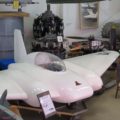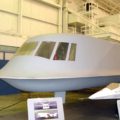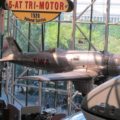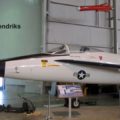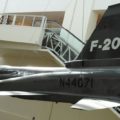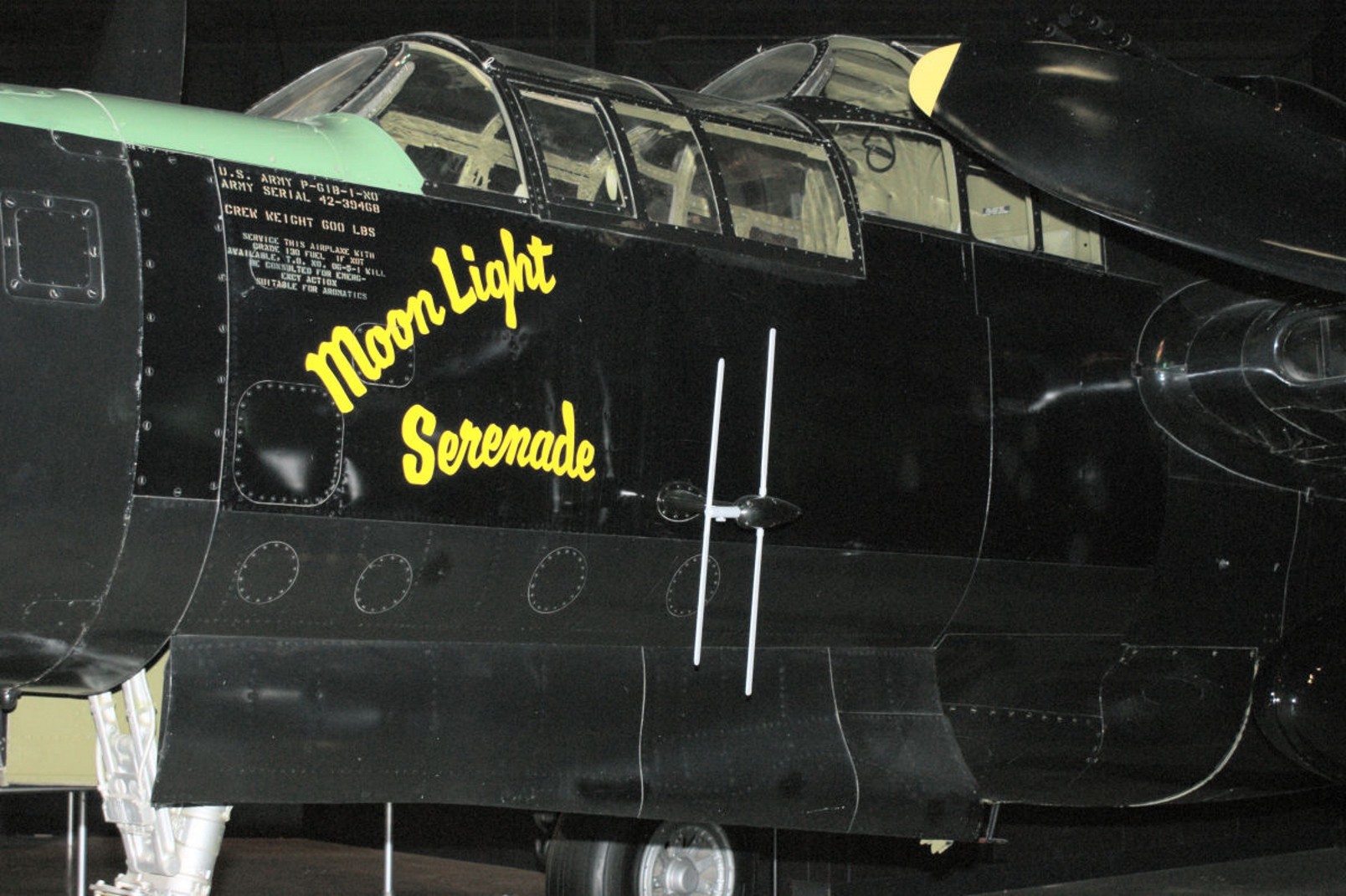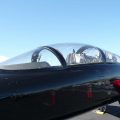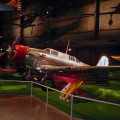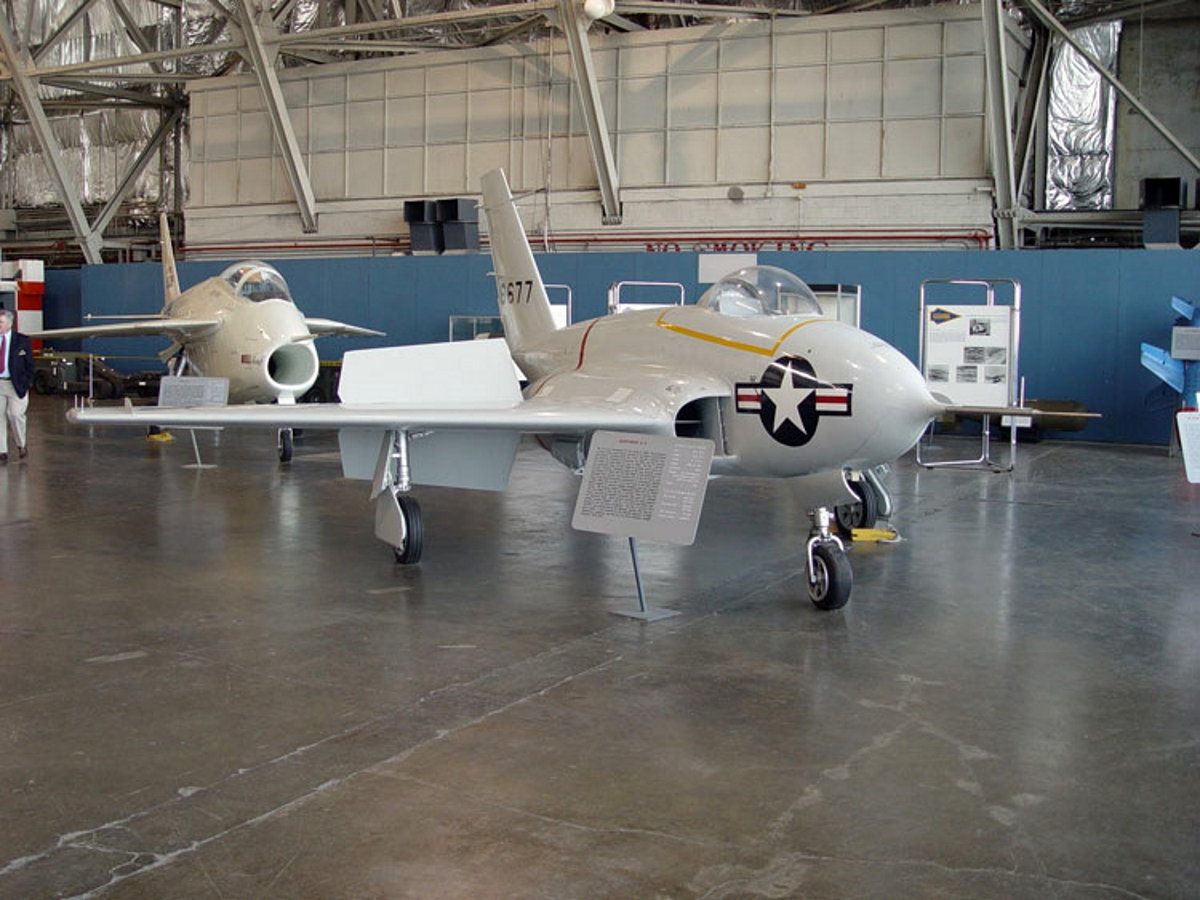
Northrop X-4 Bantam | |
|---|---|
| 국가 | 미국 |
| 역할 | 꼬리없는 항공기 프로토 타입 |
| 첫 비행 | 1948년 12월 15일 |
| 내장 | 2 |
Tthe 노스롭 X-4 밴탐 1948 년 Northrop Corporation에서 제조 한 프로토 타입 소형 트윈젯 항공기였습니다. 그것은 피치와 롤 태도에서 제어하기 위해 결합 된 엘리베이터와 에일러론 제어 표면 (elevons라고 함)에 따라 수평 꼬리 표면이 없었으며 나치 독일의 루프트바페 (Luftwaffe)의 비슷한 형식의 로켓 구동 Messerschmitt Me 163의 방식으로 거의 정확했습니다. 일부 공기 역학 학자들은 수평 꼬리를 제거하는 것이 날개와 수평 안정제의 초음속 충격파의 상호 작용으로 인한 빠른 속도 (충격 스톨이라고 함)에서의 안정성 문제를 제거 할 것이라고 제안했습니다. 이 아이디어는 장점이 있었지만 그 당시의 비행 제어 시스템은 X-4가 성공하지 못하게했습니다.
소스: 노스롭 X-4 반탐 위키백과에
| Northrop X-4 Bantam Walk Aroundd | |
|---|---|
| Photographers | John Heck, Randy Ray |
| Localisation | National Museum of the USAF |
| Photos | 50 |
관련 키트:
이베이에서 키트 찾기:
참고 항목:
The Northrop X-4 Bantam was an experimental aircraft designed and built by the Northrop Corporation in the late 1940s. It was one of the first attempts to create a tailless aircraft that could fly at high speeds and altitudes. The X-4 had a semi-circular wing with a swept leading edge and a straight trailing edge. It was powered by two Westinghouse J30 turbojet engines mounted in the fuselage. The X-4 had a single-seat cockpit with a bubble canopy that provided good visibility.
The main purpose of the X-4 was to test the stability and control of a tailless aircraft at transonic speeds, that is, near the speed of sound. The X-4 was expected to achieve a maximum speed of Mach 0.95 and a maximum altitude of 40,000 feet. However, the X-4 encountered several problems during its flight tests, which began in 1948 and ended in 1953. The most serious problem was the loss of longitudinal stability at high speeds, which caused the nose to pitch up or down uncontrollably. This phenomenon, known as inertia coupling, was later found to affect many other early jet fighters. The X-4 also suffered from engine failures, structural failures, and landing gear malfunctions.
The X-4 program was cancelled in 1953 after 82 flights and two prototypes. The X-4 did not achieve its design goals and did not contribute much to the development of tailless aircraft. However, it did provide valuable data on transonic aerodynamics and inertia coupling, which helped to improve the design of later supersonic aircraft. The X-4 also inspired other experimental tailless aircraft, such as the Convair XF-92 and the Northrop XB-35. The two X-4 prototypes are preserved at the National Museum of the United States Air Force and the Air Force Flight Test Museum.
조회수 : 1425




